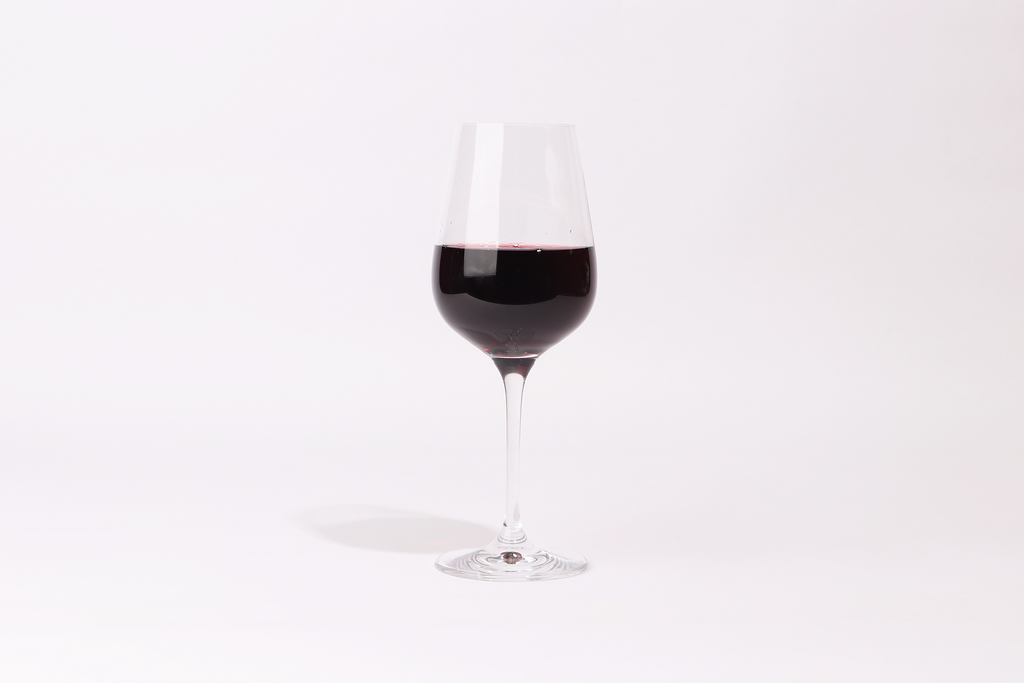Eating a healthy balanced diet and maintaining a healthy weight is as much about food quantity as quality. This means how much you eat as well as what you eat. But how many of us know what a recommended portion size looks like?
To find out, LloydsPharmacy Online Doctor conducted a social experiment asking 71 UK adults to serve themselves what they estimated to be a recommended portion of common foods and drinks. They then analysed the averages and compared them to the recommended serving sizes.
They also asked nutritionist, Vinny Kodamala, to explain the health impacts of mis-portioning.
“A food portion is the amount of food you eat in one serving. It’s important to be aware of portion sizes. Eating too much or not enough of any type of food can increase your risk of health problems.
“Too much saturated fat and salt can increase your risk of heart disease and stroke. Whilst too much sugar can lead to weight gain and tooth decay.”
89% of portions were larger than the recommended serving size
Data from our study revealed that 89% of the 19 foods and drinks were over-portioned. The only exceptions were wine, which was just 3ml shy of a 175ml standard glass and blueberries which were under by just a gram.
The three most over-portioned items
1. Chocolate
It may come as no surprise to hear that chocolate was the most over-portioned item. A recommended portion of chocolate is 4 small squares or 20g but we’re eating three times more than this. The average serving was 12 squares (60g) with participants’ servings ranging from 2 squares (8g) to 46 squares (184g).
“Chocolate is a high-calorie food which is high in sugar and saturated fat. While delicious, it’s not essential to our diets and should be enjoyed only as a treat, less often and in smaller amounts.”
2. Dried apricots
Dried apricots were next on the list, where on average, participants served themselves almost triple the recommended portion of 30g.
“While gram for gram, dried apricots have more fibre, carotenoids and protective plant chemicals versus fresh apricots, they are naturally high in sugar and are higher in calories. For this reason, just 30g counts as one of your five-a-day.”
3. Gin
Gin was also concerningly over-poured. When asked to serve themselves a 25ml measure, on average, participants served themselves 53ml – more than double the recommended measure.
“With portions of this size, participants would be consuming more than double the amount of calories and units of alcohol. While there’s no completely safe level of drinking, the NHS recommends no more than 14 units of alcohol per week, spread across at least three days.”
|
Rank |
Food or drink |
Portion difference |
Nutritional implication men |
Nutritional implication women |
|
1 |
Chocolate |
+199% |
102% of daily sugar intake |
124% of daily sugar intake |
|
2 |
Dried apricots |
+170% |
22g more sugar |
22g more sugar |
|
3 |
Gin |
+111% |
5% of daily calorie intake |
5% of daily calorie intake |
|
4 |
Crisps |
+103% |
13% of daily salt intake |
13% daily salt intake |
|
5 |
Rice |
+91% |
13% of daily calorie intake |
17% of daily calorie intake |
|
6 |
Grated cheese |
+90% |
40% of daily saturated fat intake |
51% of daily saturated fat intake |
|
7 |
Spaghetti |
+71% |
18% of daily calorie intake |
22% of daily calorie intake |
|
8 |
Pasta |
+63% |
17% of daily calorie intake |
21% of daily calorie intake |
|
9 |
Grapes |
+60% |
||
|
10 |
Broccoli |
+60% |
||
|
11 |
Porridge oats |
+55% |
9% of daily calorie intake |
12% of daily calorie intake |
|
12 |
Orange juice |
+48% |
58% of daily sugar intake |
71% of daily sugar intake |
|
13 |
Cereal |
+19% |
7% of daily salt intake |
7% of daily salt intake |
|
14 |
Carrots |
+14% |
||
|
15 |
Coca Cola |
+13% |
75% of daily sugar intake |
92% of daily sugar intake |
|
16 |
Wine |
-2% |
||
|
17 |
Blueberries |
-2% |
How incorrect portion sizes impact nutritional value
“If you’re concerned you’re not meeting government dietary recommendations, you’re not alone. Recent research shows most people in the UK eat and drink too many calories, too much fat, sugar and salt, and not enough fruit, vegetables, oily fish or fibre.
“In fact, a conservative government estimate suggests most adults are eating 200 to 300 more calories than recommended each day. And it’s not hard to see why. We are constantly being persuaded to buy and eat more food through food advertising, promotions and access to restaurants and cafés.”



